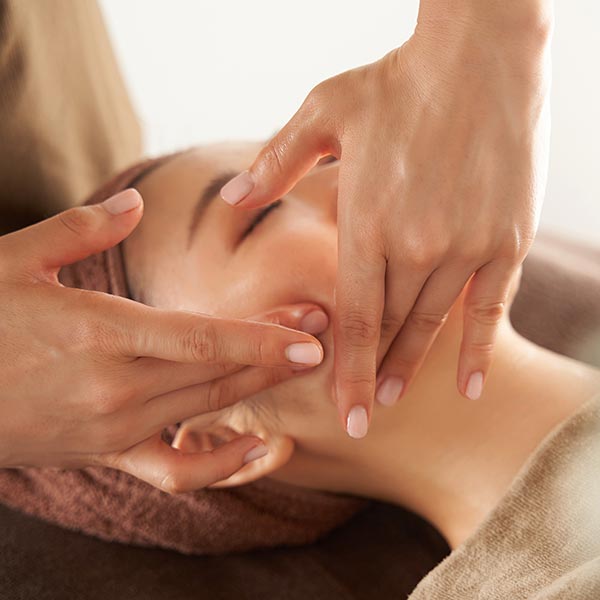
n the realm of natural medicine and holistic healing, reflexology sticks out as a increasingly prominent and fascinating method. This old healing technique, based on the concept that particular points on the hands, feet, and ears match to different body components and body organs, has been mesmerizing both specialists and clients alike for centuries.
Unveiling the Essence of Reflexology Reflexology is much more than simply a foot massage therapy; it’s a systematic technique that applies pressure to particular indicate advertise healing and equilibrium throughout the body. 秋葉原 underlying theory recommends that these pressure factors are connected to different organs and body systems through energy networks. By stimulating these factors, reflexologists intend to clear clogs, boost circulation, and restore the body’s natural stability.
” The human foot is a masterpiece of engineering and a masterpiece.” – Leonardo da Vinci The Historical Tapestry of Reflexology While the modern-day practice of reflexology was created in the 20th century, its roots can be mapped back to ancient worlds. Evidence recommends that similar strategies were utilized in ancient Egypt, as depicted in burial place paints going back to 2330 BC. Typical Chinese medication has long identified the interconnectedness of body components, affecting the advancement of reflexology as we understand it today.
In the very early 1900s, Dr. William Fitzgerald presented the idea of “area treatment” to the Western world, which later on progressed into modern reflexology with the job of Eunice Ingham in the 1930s. Ingham, typically described as the “mother of reflexology,” mapped the entire body onto the feet, producing the structure for modern reflexology techniques.
The Science Behind the Practice While doubters may examine the scientific basis of reflexology, advocates argue that its advantages are rooted in the body’s neurological and energy systems. The application of pressure is believed to boost the nerves, advertising leisure and lowering tension. Some scientists suggest that reflexology might trigger the release of endorphins, the body’s all-natural pain-relieving and mood-enhancing chemicals.
Prospective Benefits and Applications Advocates of reflexology claim a vast array of benefits, including:
Stress and anxiety reduction and relaxation Improved circulation Pain management, particularly for migraines and back pain Enhanced rest top quality Boosted body immune system feature Alleviation of digestion concerns Support for hormone equilibrium While scientific research on reflexology is ongoing, lots of individuals report substantial improvements in their overall well-being after receiving treatments. It’s important to note that reflexology is normally thought about a complementary treatment and ought to not change traditional clinical treatment.
The Reflexology Experience A normal reflexology session lasts between 30 to 60 minutes. Using their hands, fingers, and thumbs, the reflexologist applies varying degrees of stress to certain points on the feet, hands, or ears.
Lots of people define the experience as deeply kicking back, frequently reporting a feeling of heat or tingling experiences throughout their body during the session. Some may also go to sleep, stiring up sensation revitalized and revitalized.
Incorporating Reflexology into Modern Wellness As the globe increasingly accepts holistic approaches to health and health, reflexology has actually found its location in spas, wellness centers, and even some medical centers. It’s typically made use of along with other therapies such as aromatherapy, acupuncture, and massage therapy to create comprehensive health experiences.
For those interested in checking out reflexology at home, there are countless self-help techniques and tools readily available. From easy foot rollers to thorough reflexology graphes, people can learn to use basic principles of reflexology to boost their everyday wellness routines.
The Future of Reflexology As research study in the field of alternative and corresponding medicine remains to advance, reflexology might get more recognition in the clinical community. Recurring studies are exploring its potential applications in various health conditions, from stress and anxiety and anxiety to cancer cells care assistance.
“The feet are the mirror of the body.” – Eunice Ingham Whether deemed a scientific technique to healing or a holistic art kind, reflexology provides an unique viewpoint on the body’s interconnectedness. As even more people look for non-invasive and all-natural ways to sustain their health, this ancient method continues to discover relevance in our modern-day world, welcoming us to explore the healing possibility that lies at our fingertips– or instead, at our feet.
Unveiling the Essence of Reflexology Reflexology is extra than just a foot massage therapy; it’s a methodical method that applies pressure to particular factors to advertise recovery and balance throughout the body. – Leonardo da Vinci The Historical Tapestry of Reflexology While the modern technique of reflexology was created in the 20th century, its roots can be mapped back to old civilizations. The Science Behind the Practice While doubters may question the clinical basis of reflexology, supporters suggest that its advantages are rooted in the body’s neurological and power systems. The Reflexology Experience A common reflexology session lasts in between 30 to 60 mins. – Eunice Ingham Whether viewed as a clinical approach to healing or an alternative art form, reflexology uses a distinct viewpoint on the body’s interconnectedness.
2 January, 2025
0 Comments
1 category
Category: Uncategorized